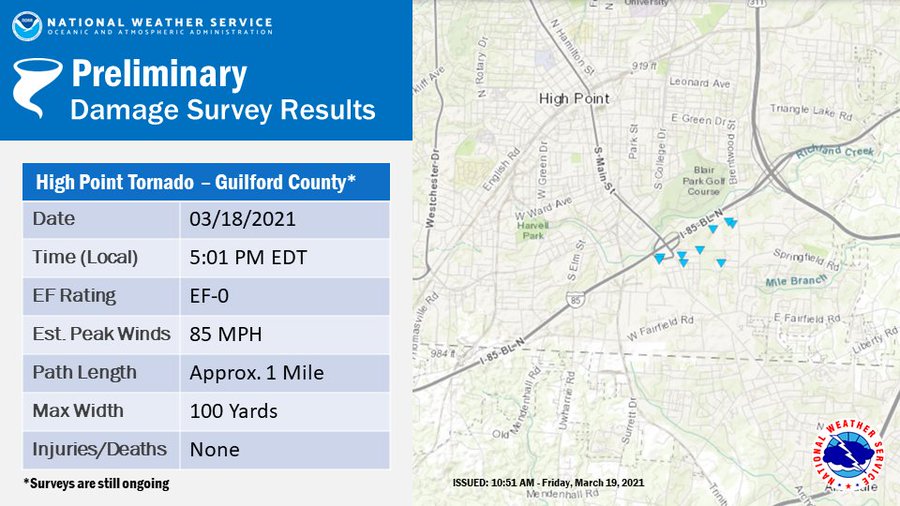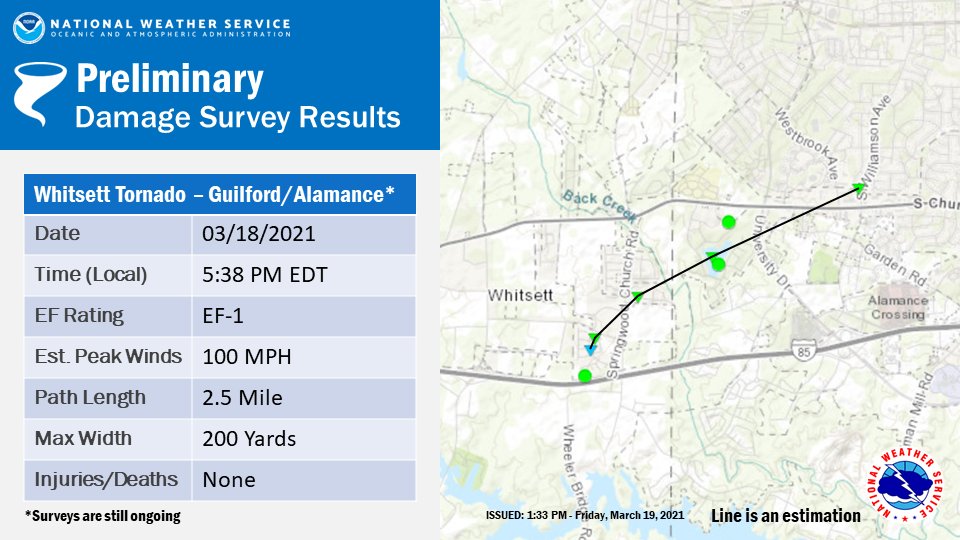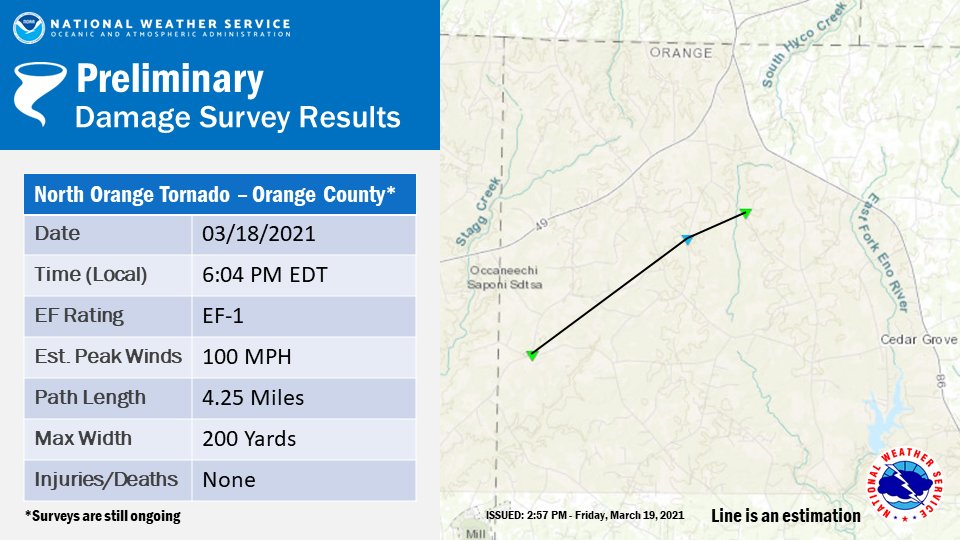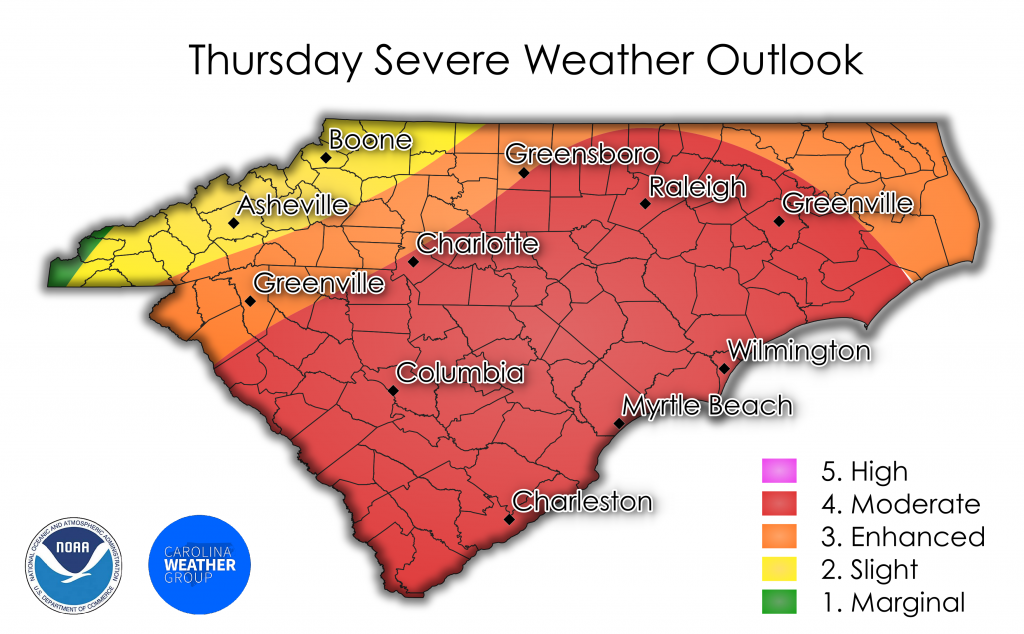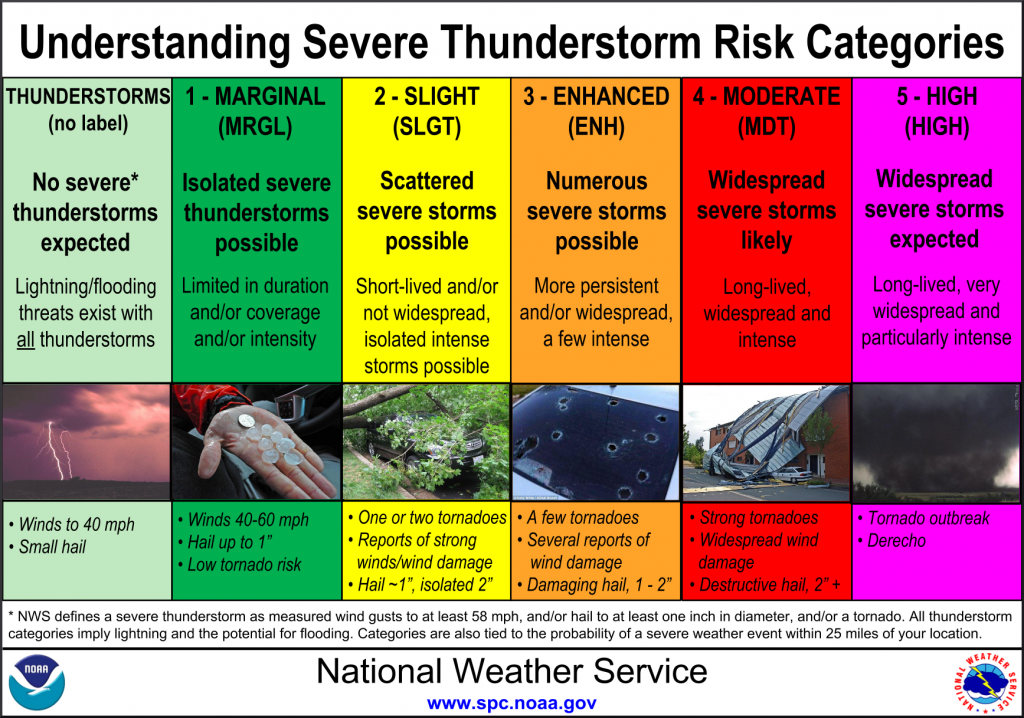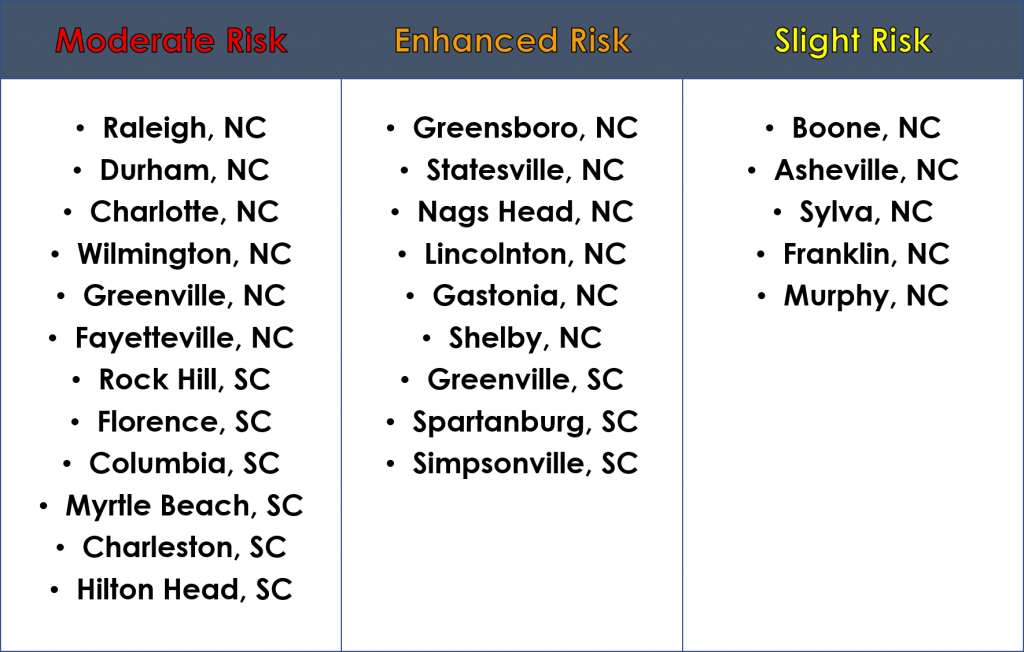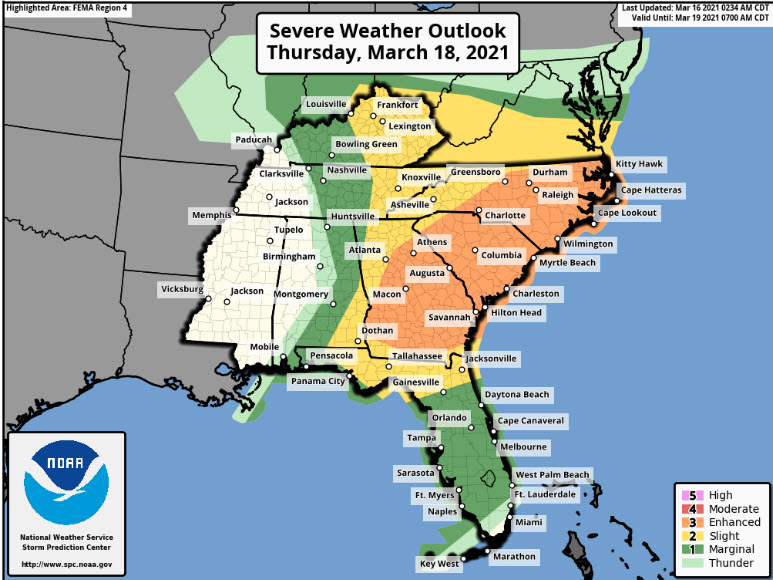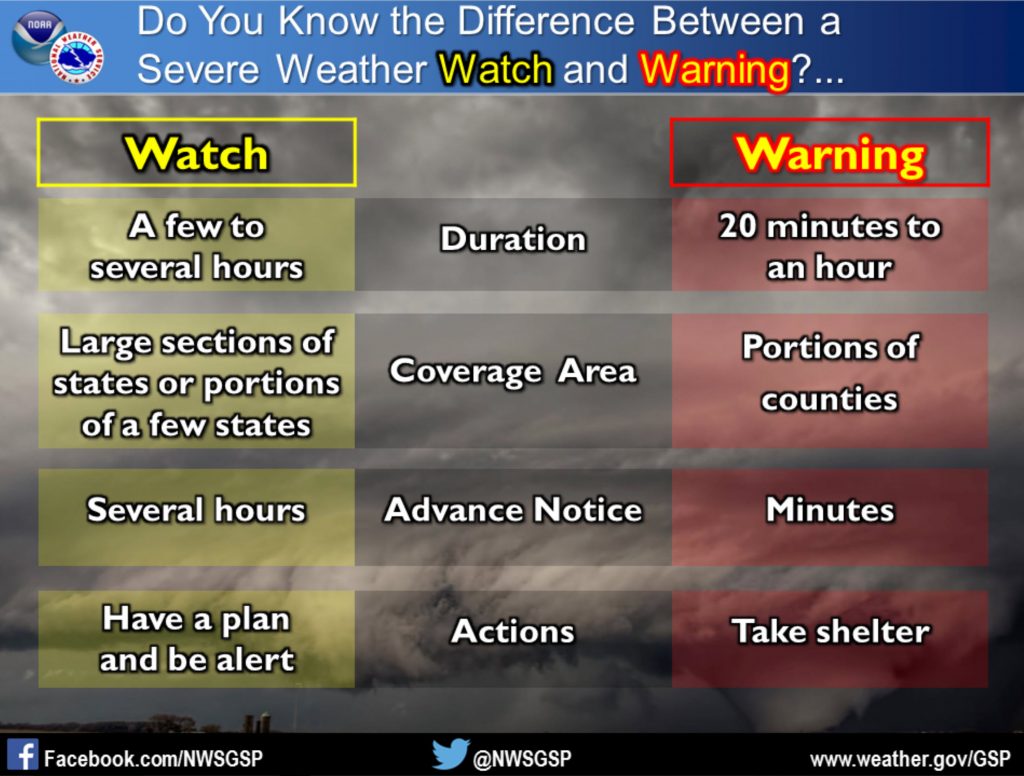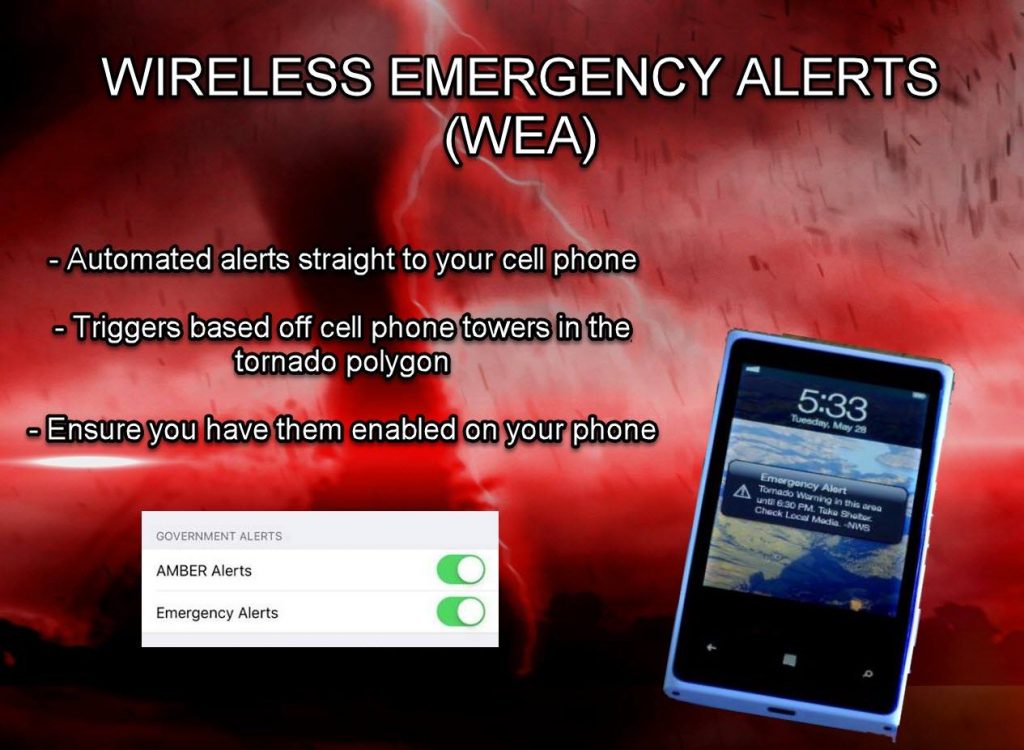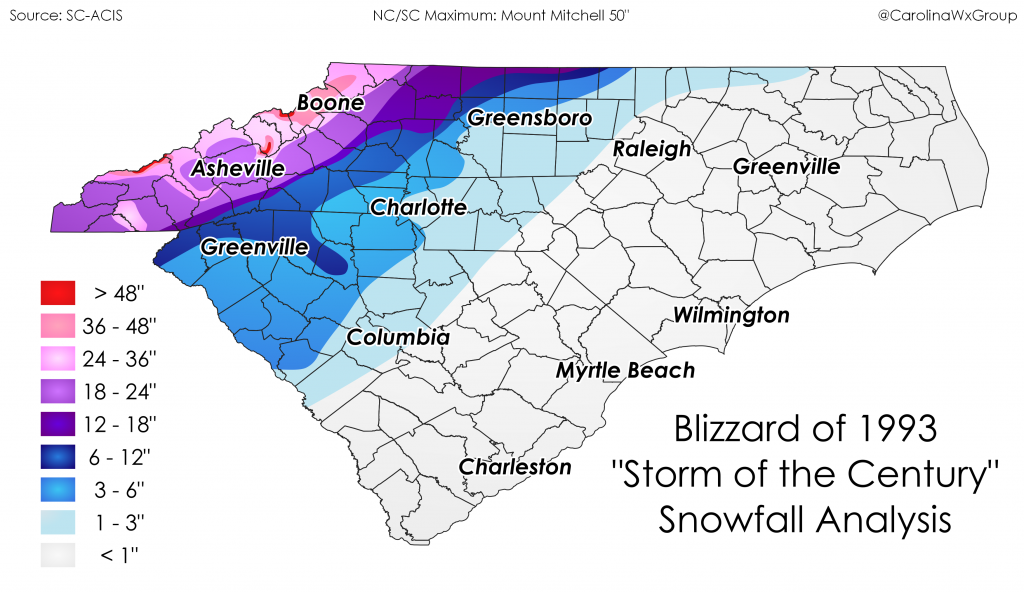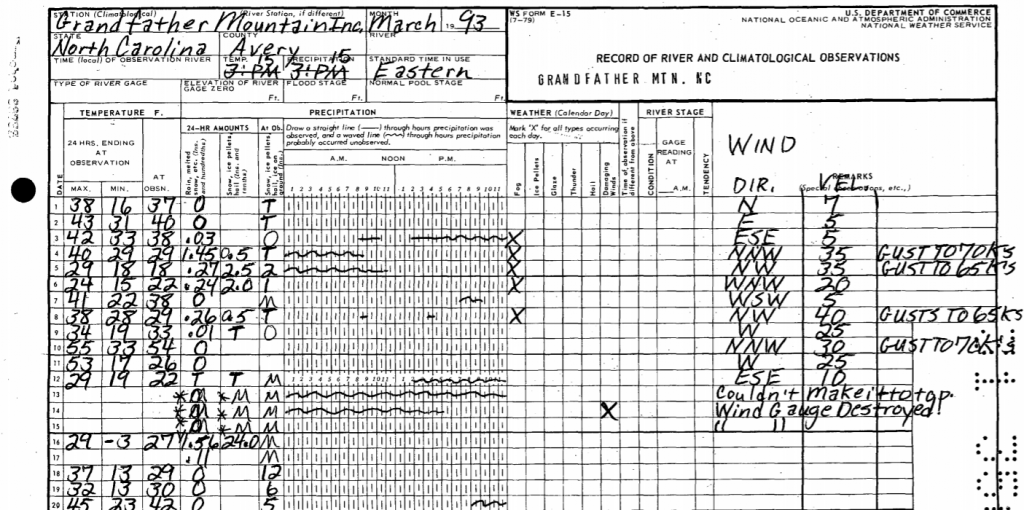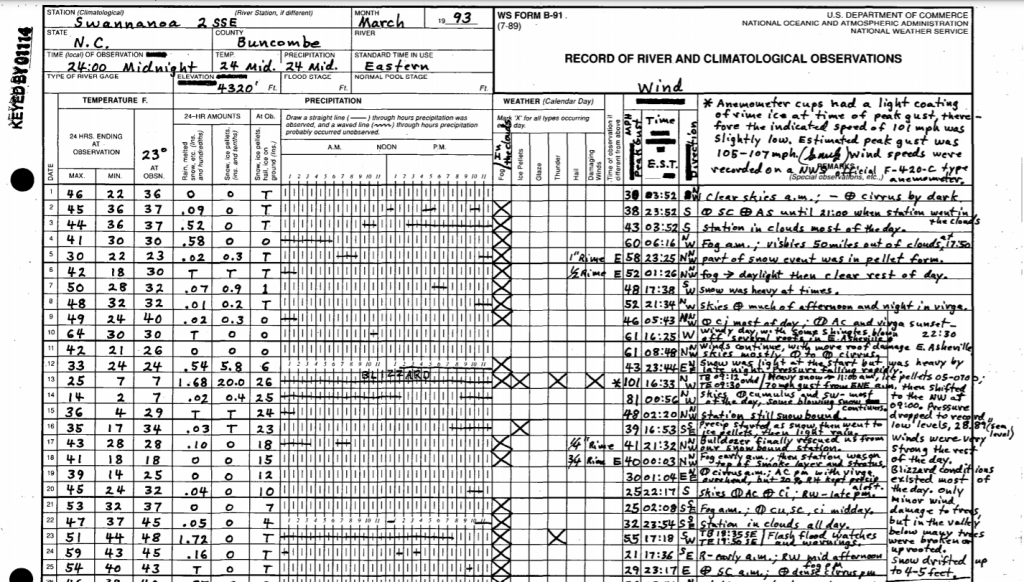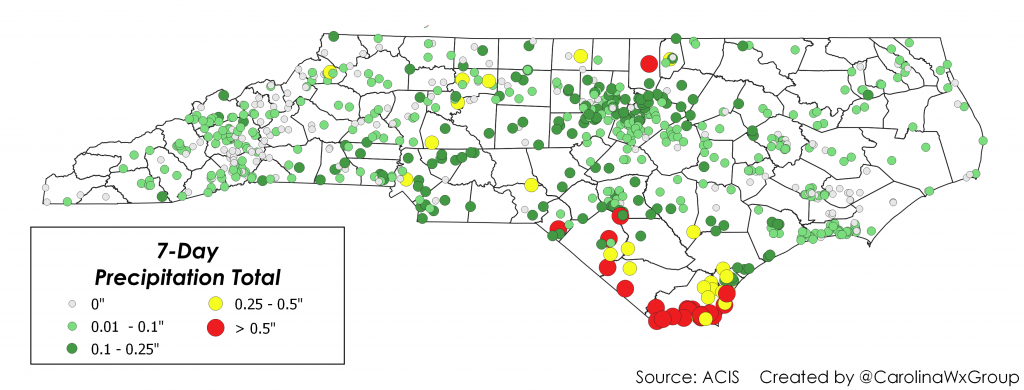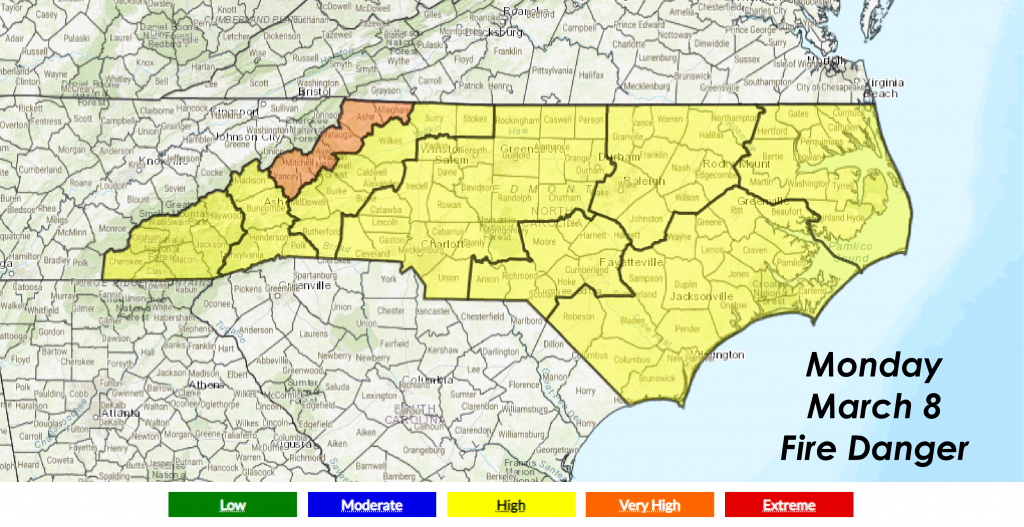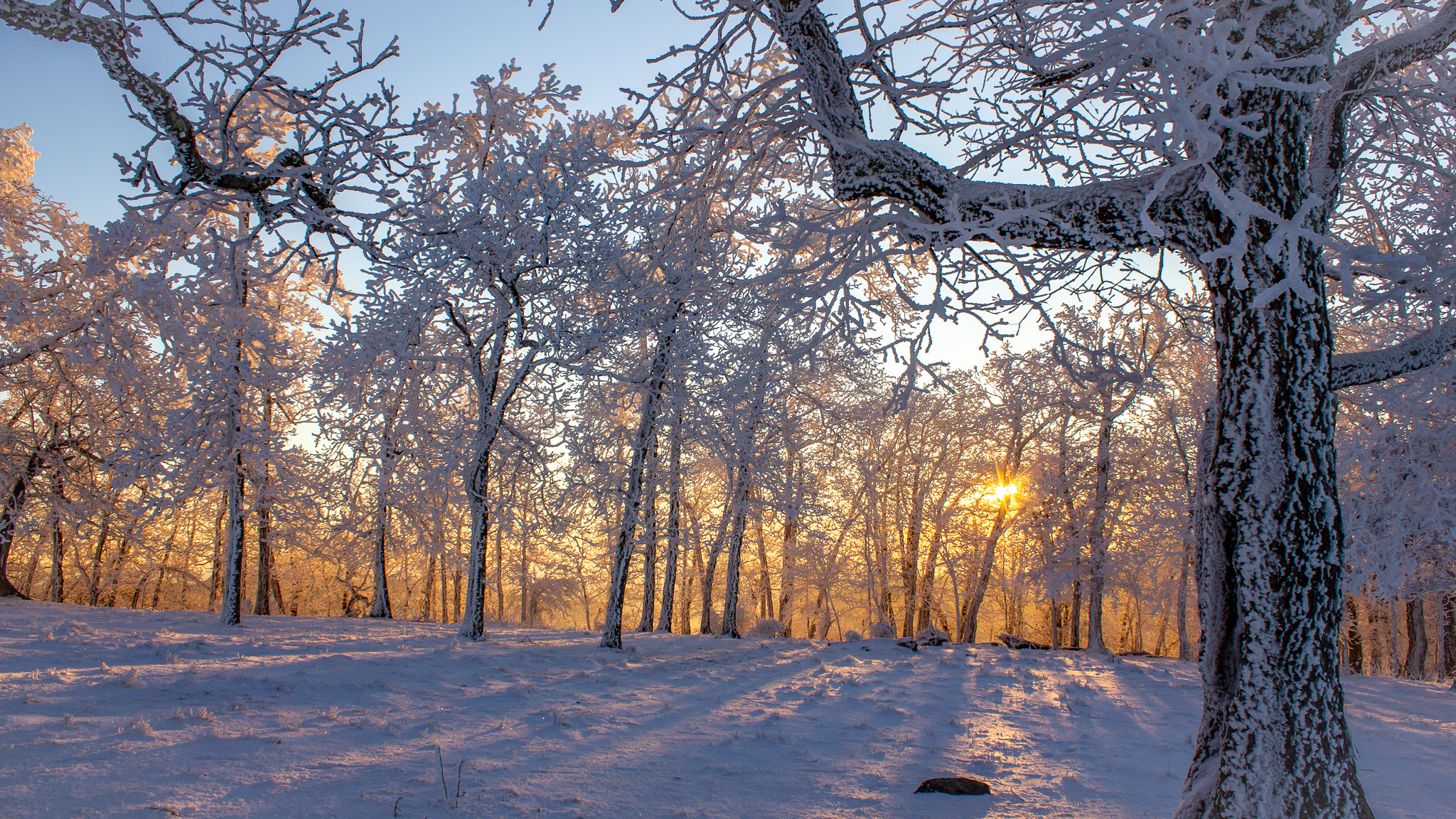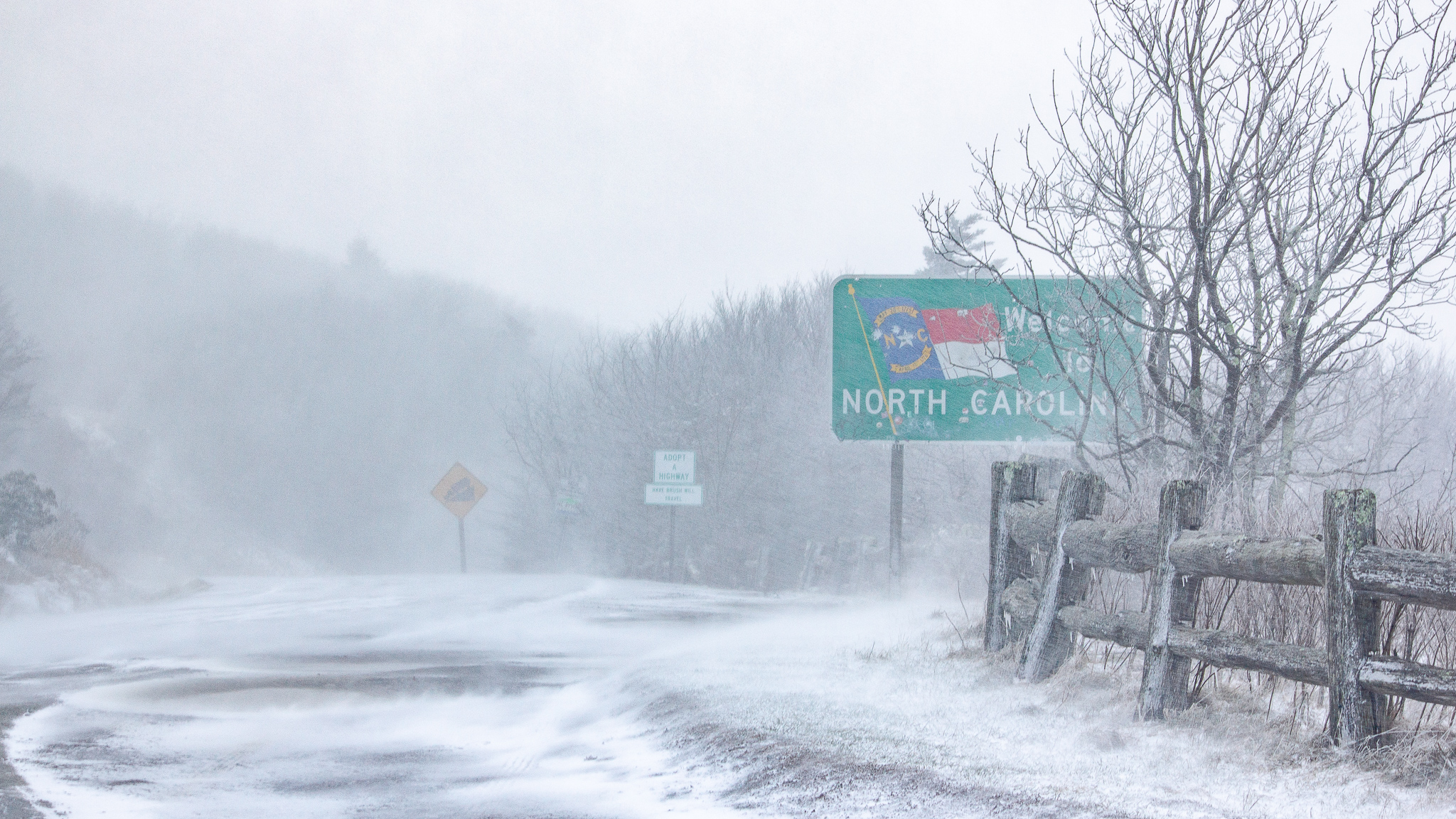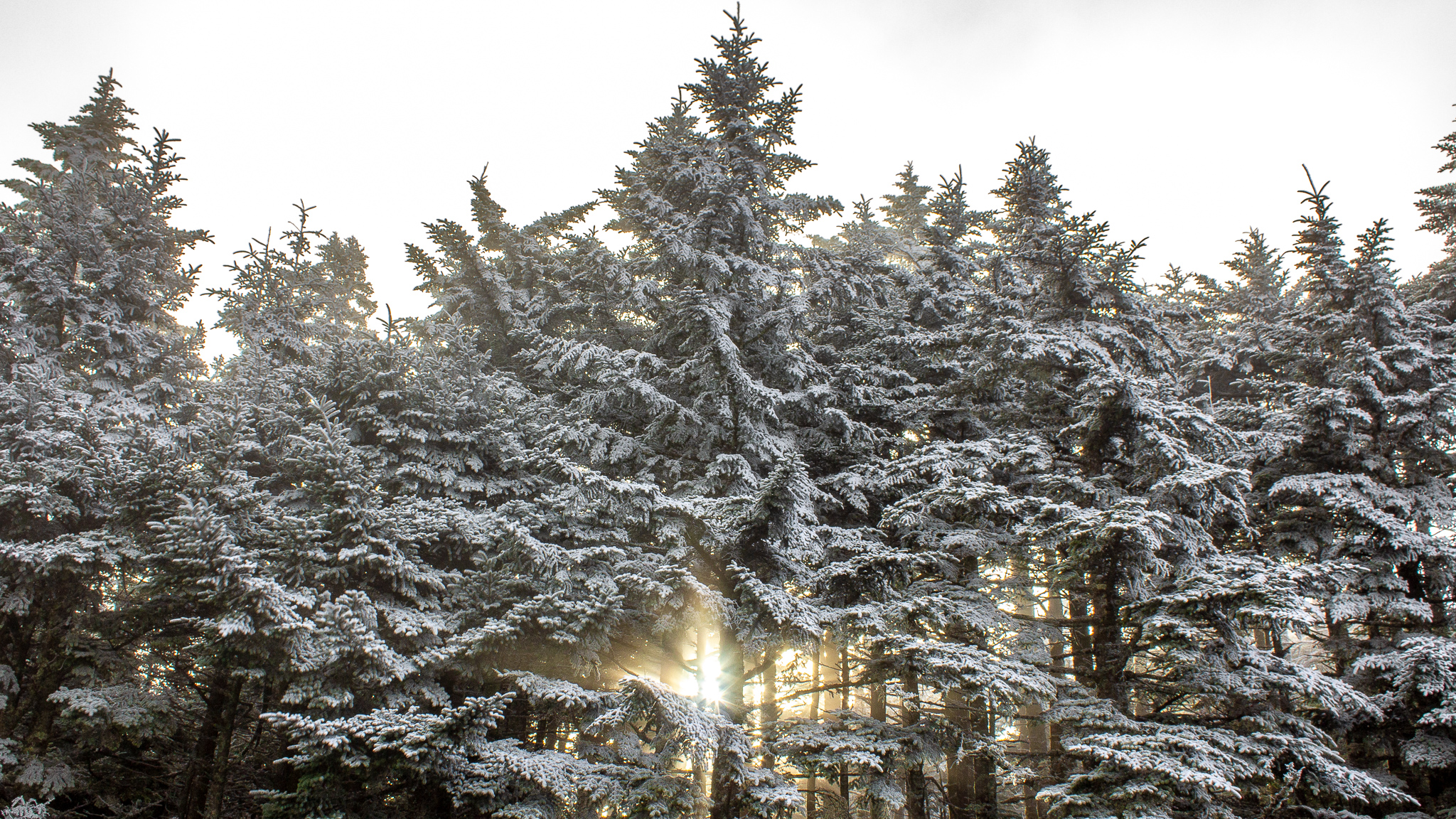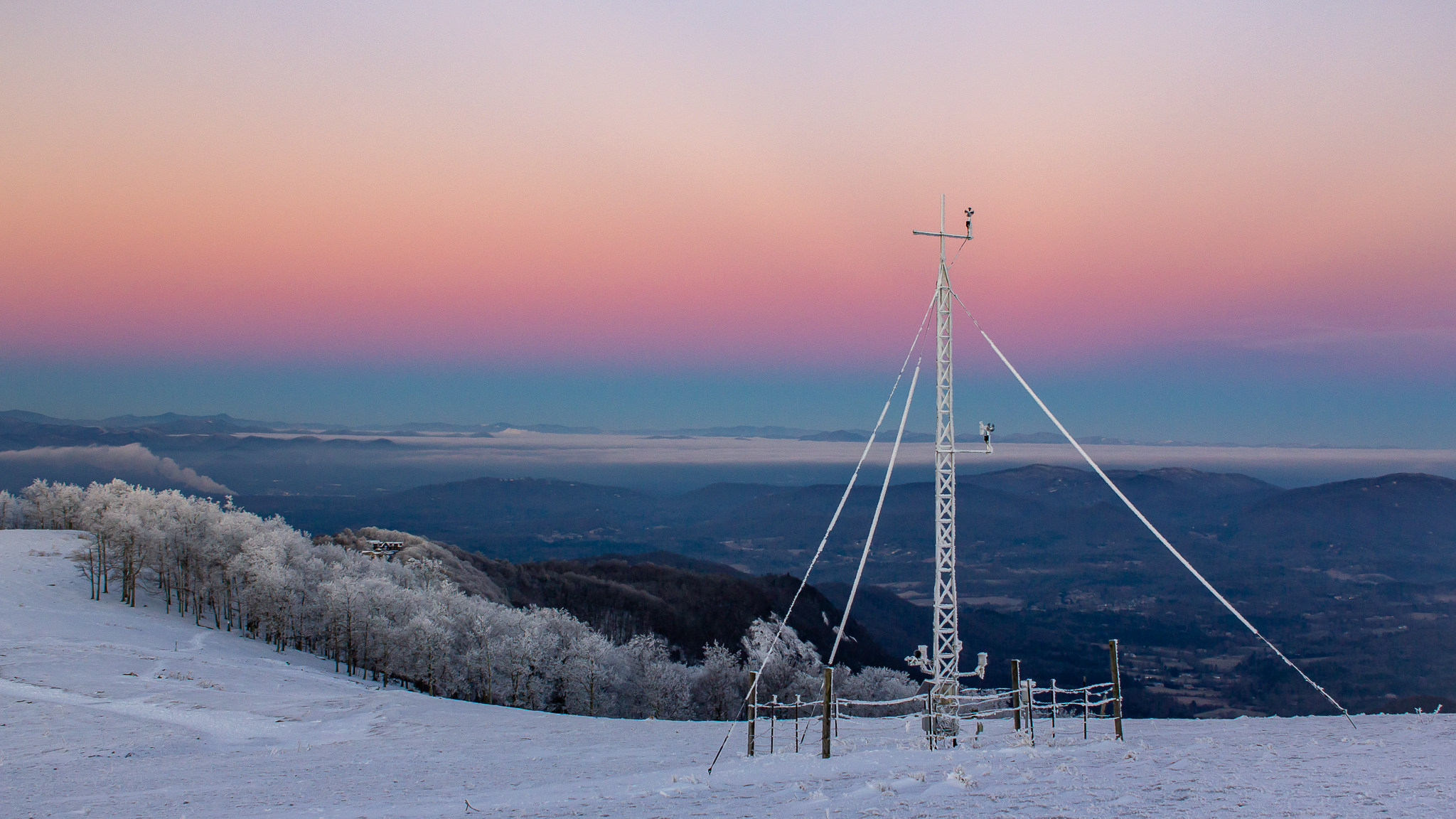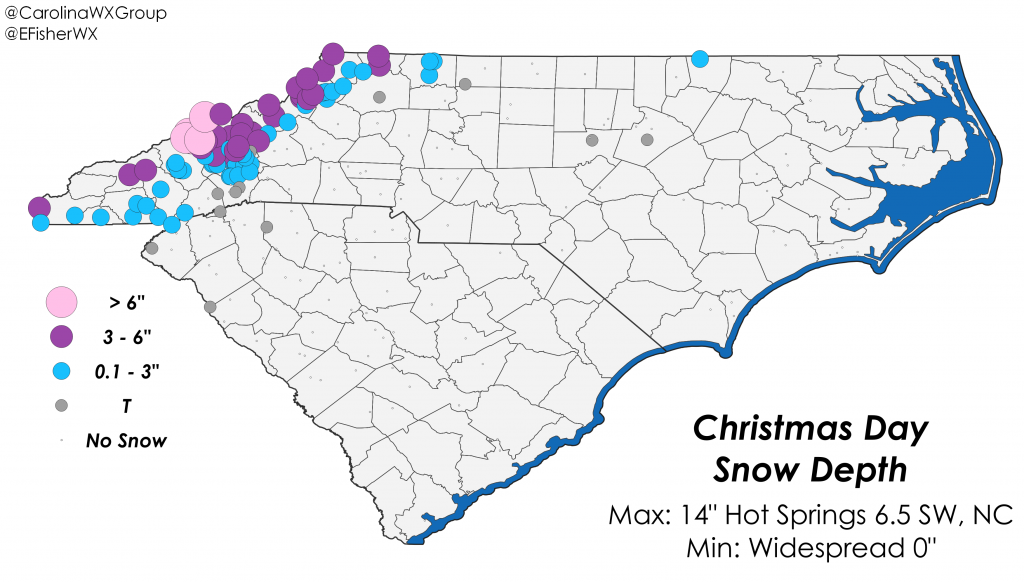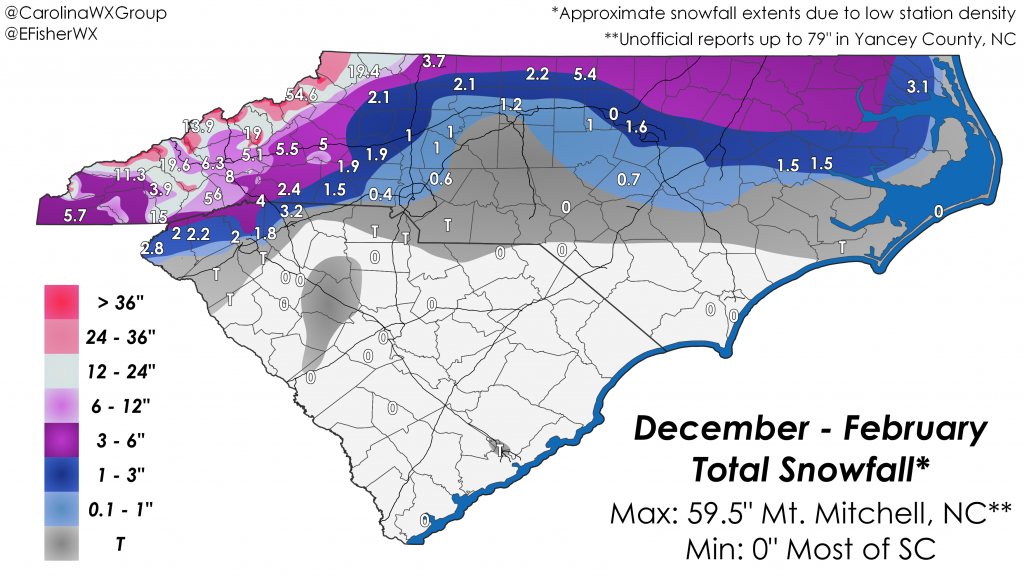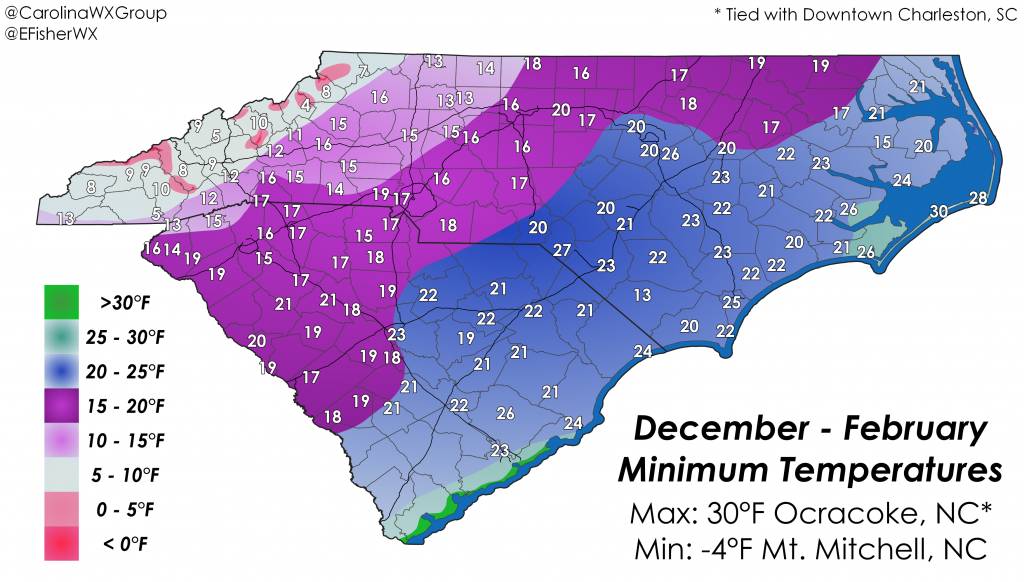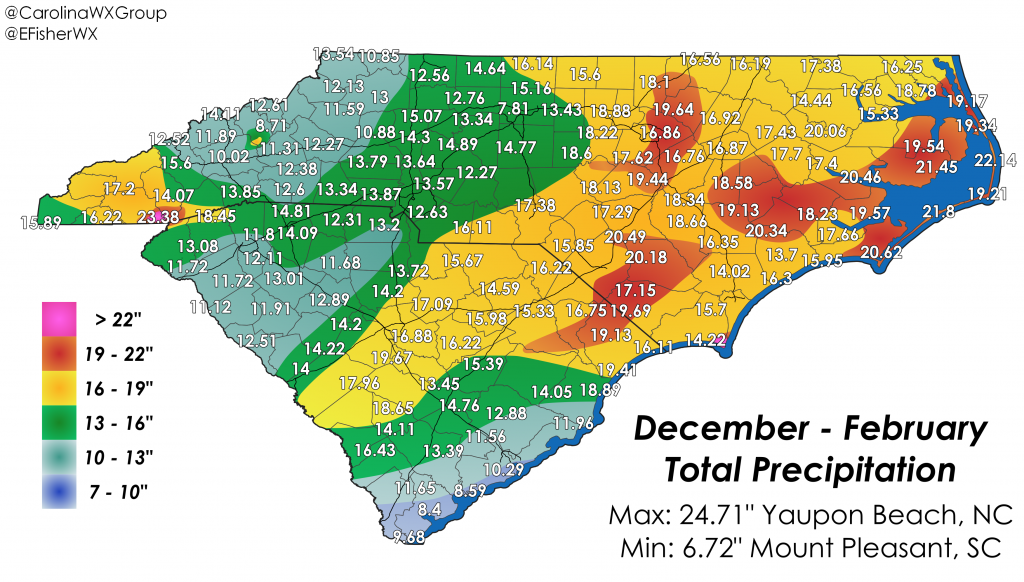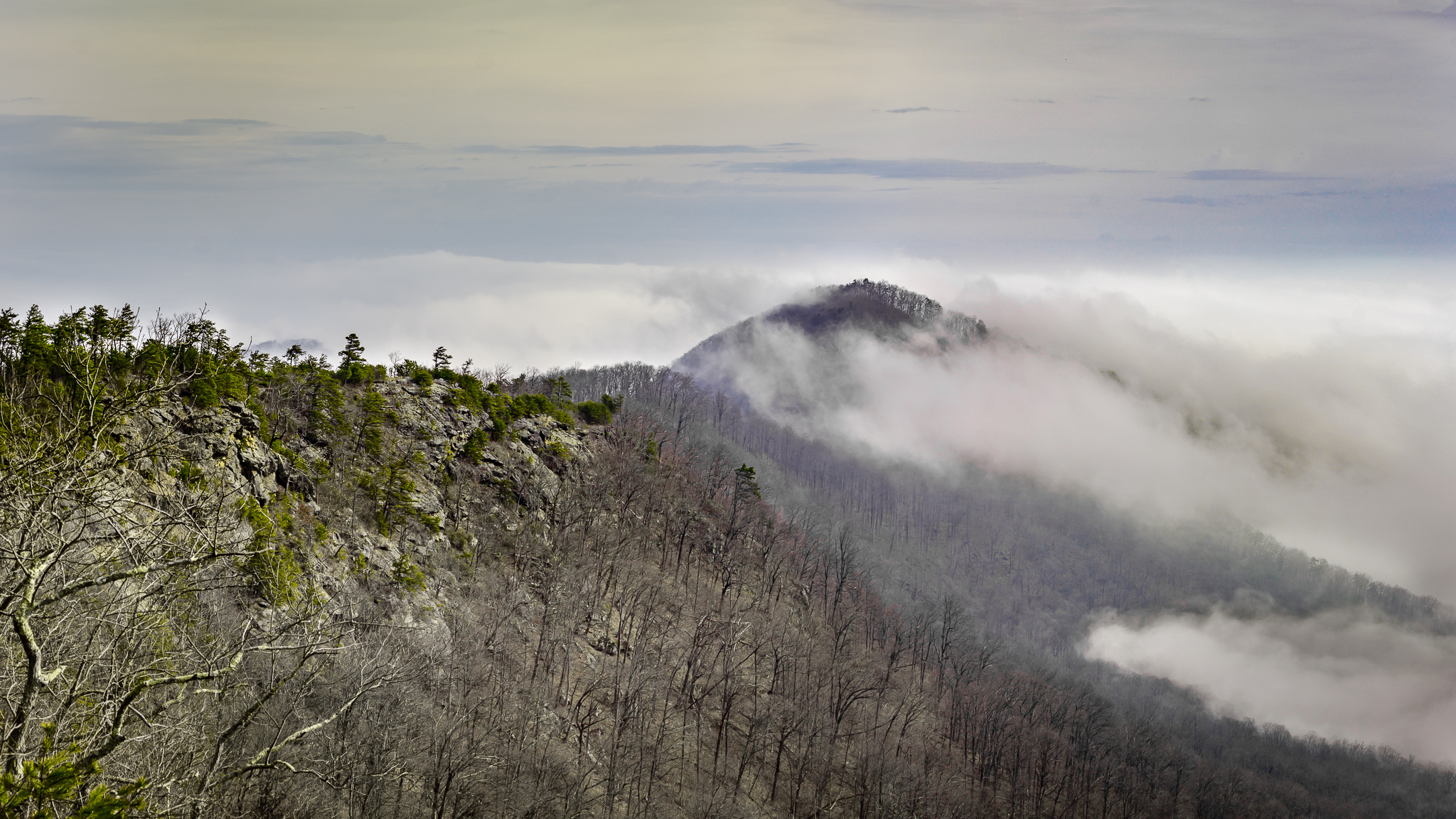Interested in signing up for CoCoRaHS? Just want to learn more about the nationwide network of precipitation observers? This post is for you!
For more than 20 years, CoCoRaHS has maintained a network of weather observers across the nation that report critical precipitation totals on a daily basis. The project got it’s start in Colorado in 1998, and has since spread across the United States and into Canada, Puerto Rico, the U.S. Virgin Islands, and the Bahamas. More than 20,000 observers have joined forces to report rain/snow totals in an effort to better understand precipitation patterns in their region.
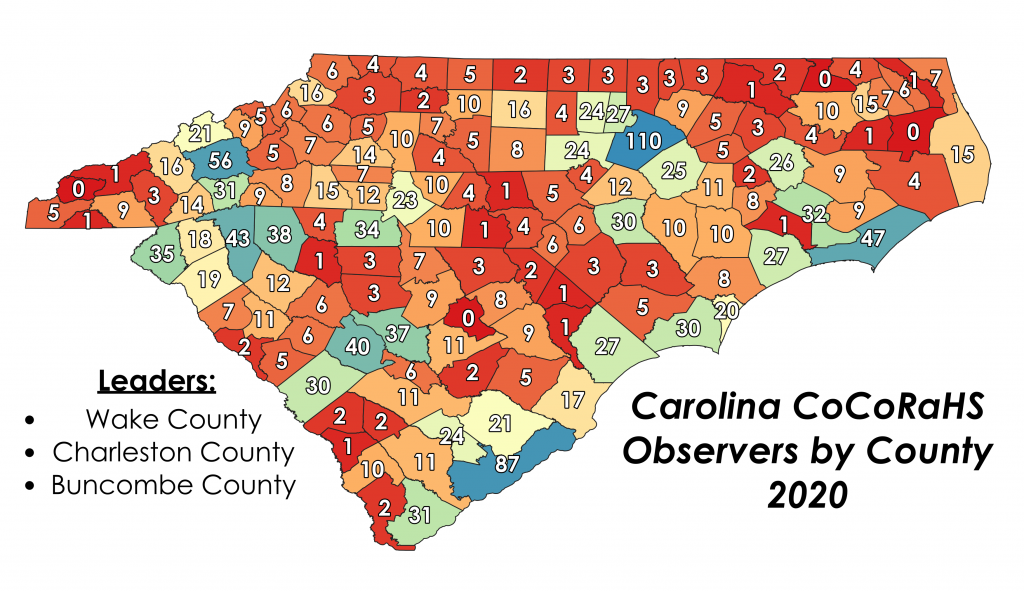
This network is particularly important in non-urban areas that lack an established ASOS or COOP weather station. In some counties across the United States, CoCoRaHS observers are the only source of precipitation information. Without them, their county could potentially be underrepresented in precipitation studies, a fatal blow to those who rely on rainfall for their everyday needs.
In 2020, more than 1,700 people reported precipitation totals across the Carolinas. Urban areas led the way with the most CoCoRaHS observers (we see you Wake County!), but other counties are in desperate need of more CoCoRaHS observers. Four counties in North and South Carolina had no observers in 2020, and we’d love to see that change this year. If your county is in the list below, it means you are being represented by less than 5 observers. Consider signing up to be an official CoCoRaHS observer for your area! The only equipment you’ll need is a 4″ diameter rain gauge, which you can find here (they’re on sale right now!).
Counties with <5 Observers in 2020
| North Carolina | South Carolina |
| Alleghany County, NC Anson County, NC Bladen County, NC Camden County, NC Caswell County, NC Clay County, NC Columbus County, NC Edgecombe County, NC Gates County, NC Graham County, NC Granville County, NC Greene County, NC Halifax County, NC Hertford County, NC Hyde County, NC Jackson County, NC Jones County, NC Lee County, NC Martin County, NC Montgomery County, NC Northampton County, NC Person County, NC Richmond County, NC Robeson County, NC Rockingham County, NC Rowan County, NC Stanly County, NC Surry County, NC Swain County, NC Tyrrell County, NC Vance County, NC Warren County, NC Washington County, NC Wilkes County, NC Yadkin County, NC | Allendale County, SC Bamberg County, SC Barnwell County, SC Cherokee County, SC Chester County, SC Chesterfield County, SC Clarendon County, SC Dillon County, SC Fairfield County, SC Jasper County, SC Lee County, SC Marion County, SC Marlboro County, SC McCormick County, SC Union County, SC |

